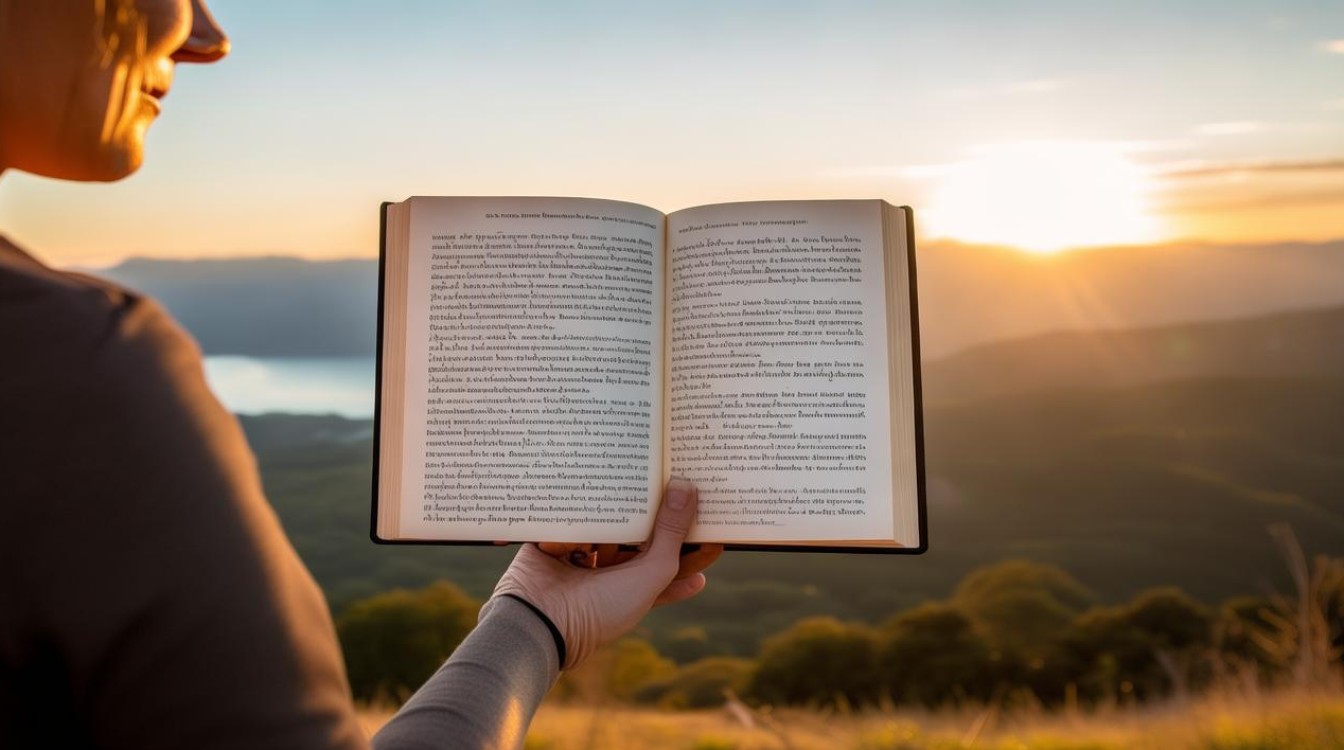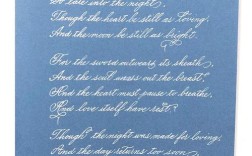The Power of Inspirational English Poetry
Poetry has long been a vessel for human emotion, wisdom, and motivation. Among the vast literary landscape, inspirational English poetry stands out as a beacon of hope, resilience, and encouragement. These verses, crafted by poets across centuries, continue to uplift readers, offering solace and strength in times of adversity. Understanding their origins, themes, and techniques can deepen appreciation and enhance their impact.

The Origins of Inspirational Poetry
Inspirational poetry in English literature traces its roots to various historical and cultural movements. Early examples can be found in religious texts, such as the Psalms, which blend lyrical beauty with spiritual encouragement. The Renaissance period saw poets like John Donne and George Herbert infuse their works with profound reflections on faith and perseverance.
The Romantic era brought a shift toward individualism and emotional expression. William Wordsworth’s "Daffodils" celebrates the joy found in nature, while Percy Bysshe Shelley’s "Ode to the West Wind" speaks of transformation and renewal. These works laid the foundation for modern motivational poetry, emphasizing personal growth and inner strength.
In the 20th century, poets like Maya Angelou and Robert Frost expanded the genre. Angelou’s "Still I Rise" resonates with themes of resilience and defiance, while Frost’s "The Road Not Taken" explores the power of choice. Contemporary poets, including Rupi Kaur and Atticus, continue this tradition, using minimalist style to convey profound messages.
Notable Poets and Their Works
Several poets have left an indelible mark on inspirational poetry, each contributing unique perspectives and styles.
William Ernest Henley – "Invictus"
Written in 1875, "Invictus" remains one of the most quoted motivational poems. Henley composed it while battling tuberculosis, reflecting his unyielding spirit. The famous closing lines—"I am the master of my fate, I am the captain of my soul"—embody resilience and self-determination.
Rudyard Kipling – "If—"
A father’s advice to his son, "If—" outlines the virtues of patience, courage, and humility. Kipling’s measured tone and structured rhythm make it a timeless guide for personal development.
Emily Dickinson – "Hope is the Thing with Feathers"
Dickinson’s metaphorical portrayal of hope as a bird that "perches in the soul" offers comfort in uncertainty. Her concise yet powerful imagery makes this poem a staple in motivational literature.
Langston Hughes – "Dreams"
With just eight lines, Hughes underscores the importance of holding onto aspirations. The simplicity of "Hold fast to dreams, for if dreams die, life is a broken-winged bird that cannot fly" makes it universally relatable.
Crafting Techniques in Inspirational Poetry
Effective motivational poetry employs specific literary devices to amplify its message.
Metaphor and Symbolism
Poets often use metaphors to convey abstract concepts. In "The Road Not Taken," Frost uses diverging paths as a symbol for life’s choices. Similarly, Angelou’s "Still I Rise" compares resilience to natural forces like tides and moons.
Repetition and Rhythm
Repetition reinforces key ideas. Henley’s "Invictus" repeats "I am" to assert strength, while Hughes’ "Dreams" reiterates the consequences of losing hope. Rhythmic patterns, whether iambic pentameter or free verse, enhance emotional resonance.
Concise Language
Many motivational poems are brief yet impactful. Dickinson’s economy of words ensures each line carries weight. Modern poets like Atticus follow this principle, using short phrases to deliver powerful insights.
How to Use Inspirational Poetry
Beyond reading, these poems can be integrated into daily life for motivation and reflection.
Morning Affirmations
Reciting lines from "Invictus" or "If—" can set a determined tone for the day. The rhythmic cadence helps internalize their messages.
Journaling Prompts
Reflecting on poems like "The Road Not Taken" can spark introspection. Writing about personal interpretations fosters deeper connections to the themes.
Public Speaking and Presentations
Quoting poetry adds emotional depth to speeches. A well-placed line from Hughes or Angelou can inspire audiences and reinforce key points.
Educational Tools
Teachers use motivational poetry to discuss literary techniques while encouraging students. Analyzing "Hope is the Thing with Feathers" can lead to discussions on metaphor and optimism.
The Enduring Appeal of Inspirational Verse
What makes these poems timeless is their universality. Whether written in the 19th century or today, they address fundamental human experiences—struggle, hope, perseverance. In an era of rapid change, their messages remain relevant, offering clarity and courage.
Poetry’s brevity allows for quick consumption, yet its depth invites repeated reading. A single stanza can provide solace during hardship or fuel ambition. The best inspirational poems do not dictate but invite readers to find their own meaning, making them personal guides.
The next time doubt creeps in, or motivation wanes, turning to these verses can reignite purpose. From Henley’s defiant cry to Angelou’s triumphant declaration, the words of poets past and present continue to light the way forward.



